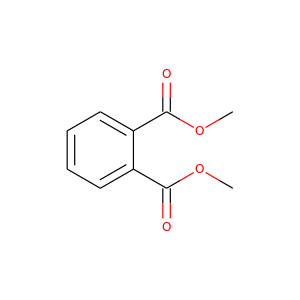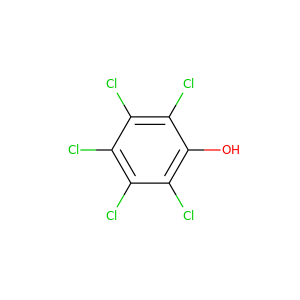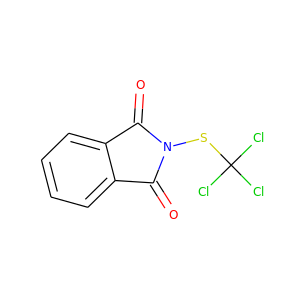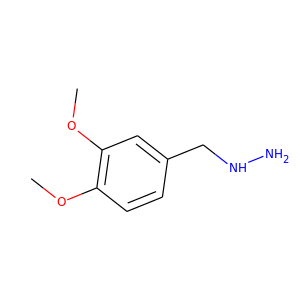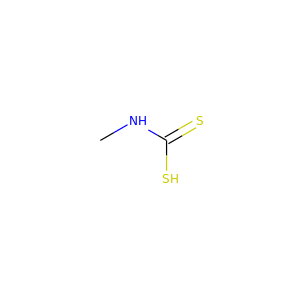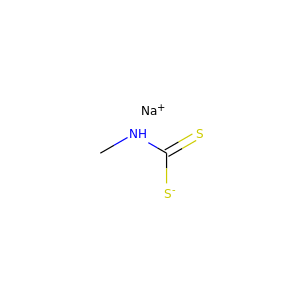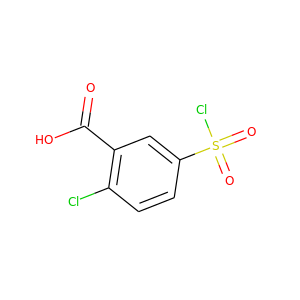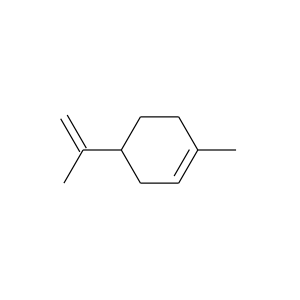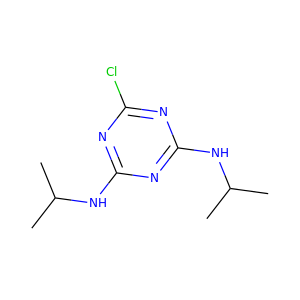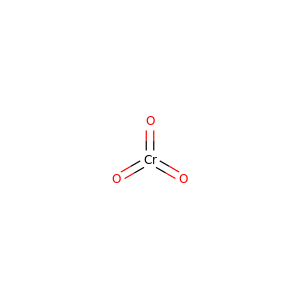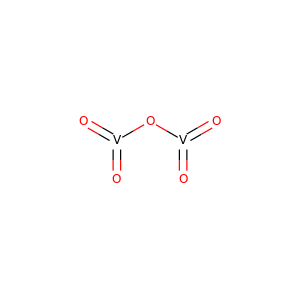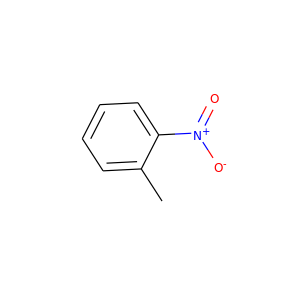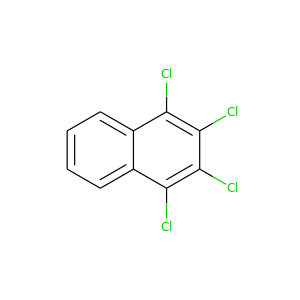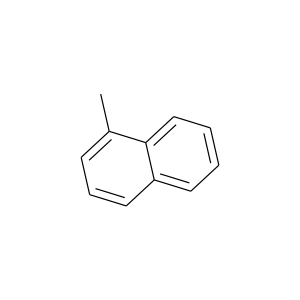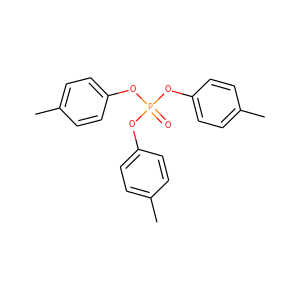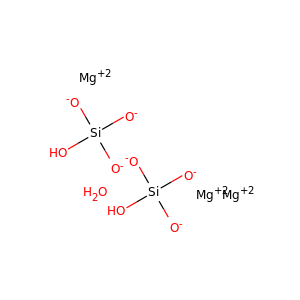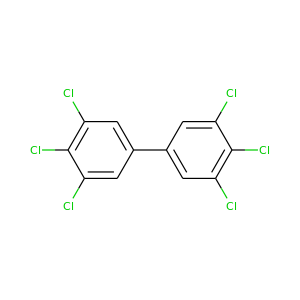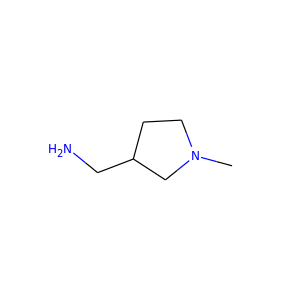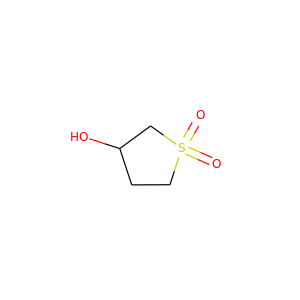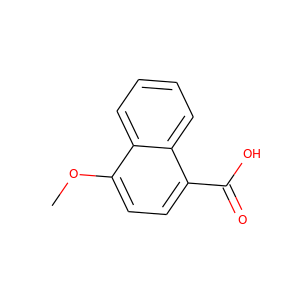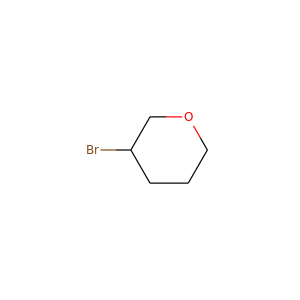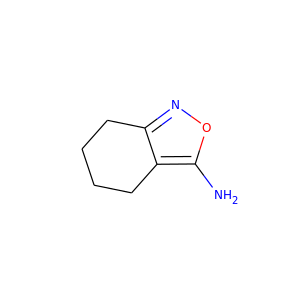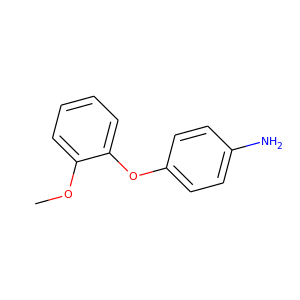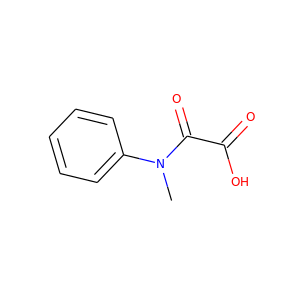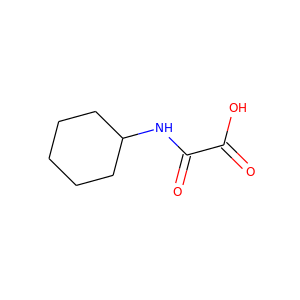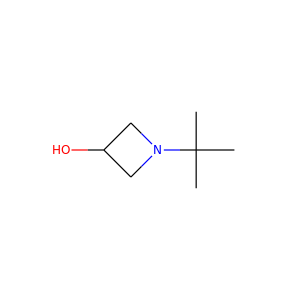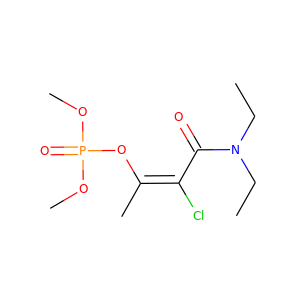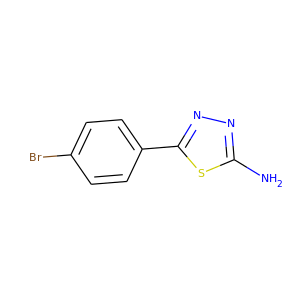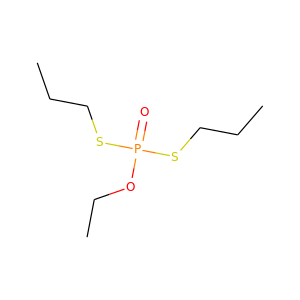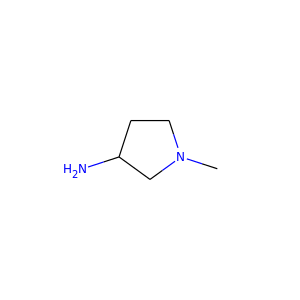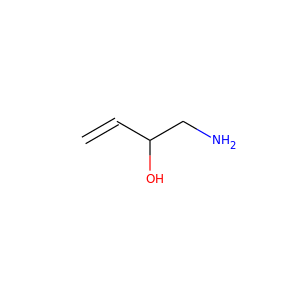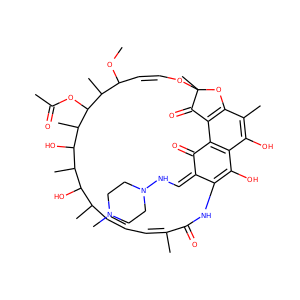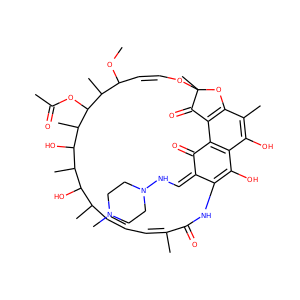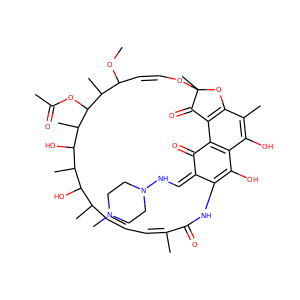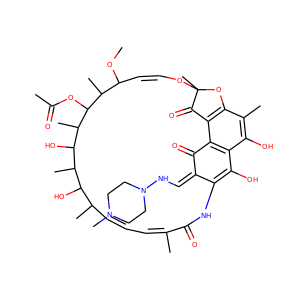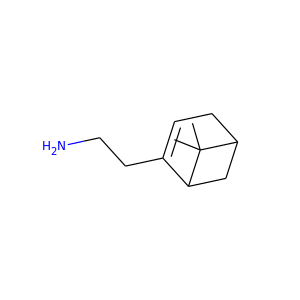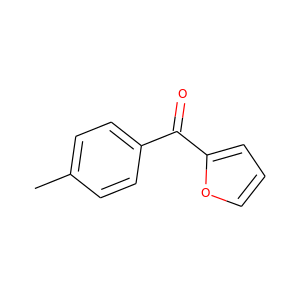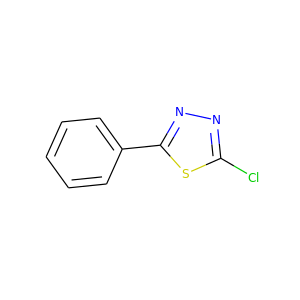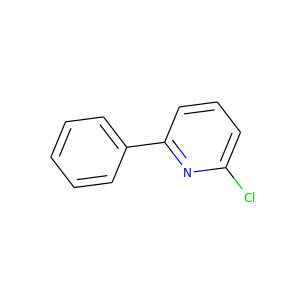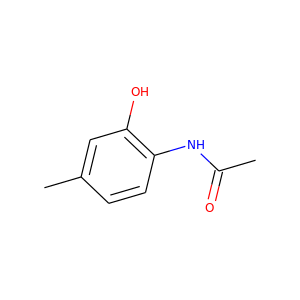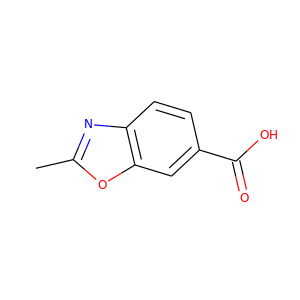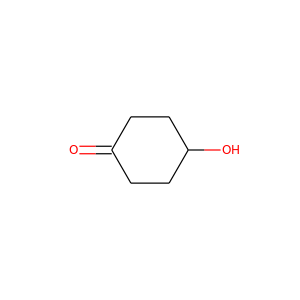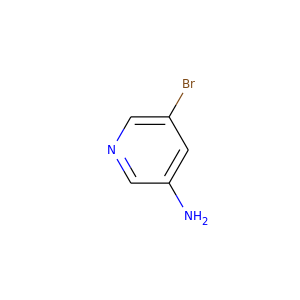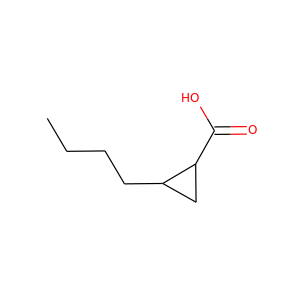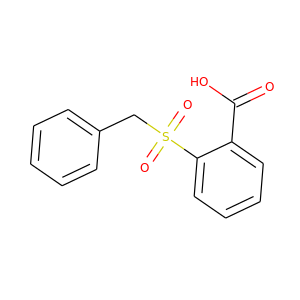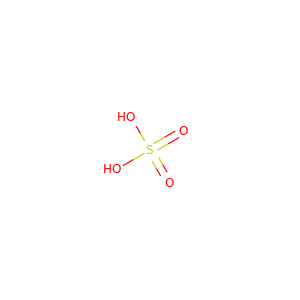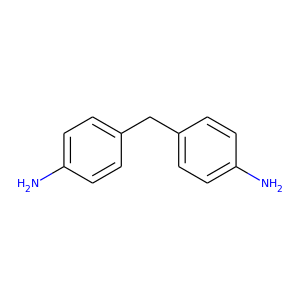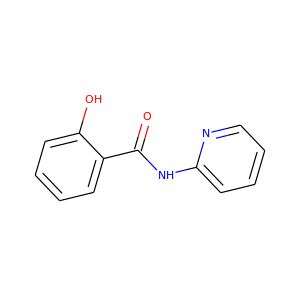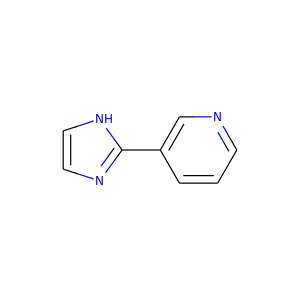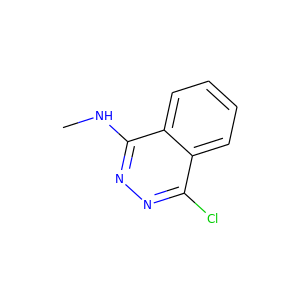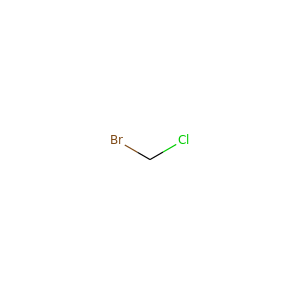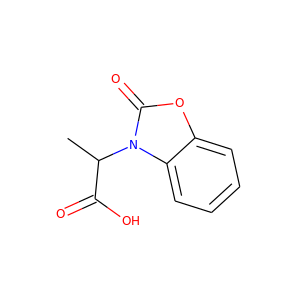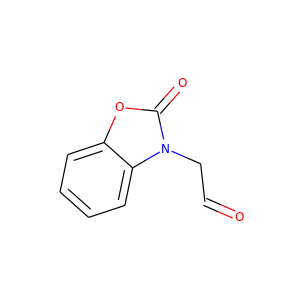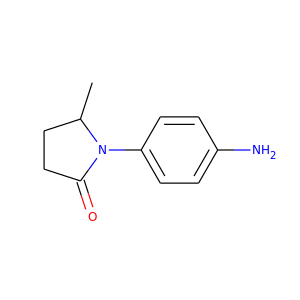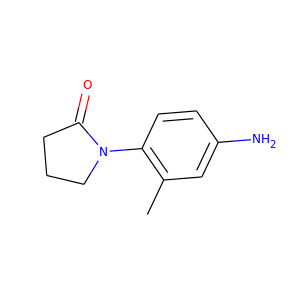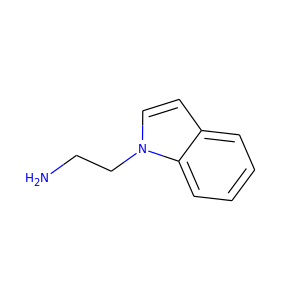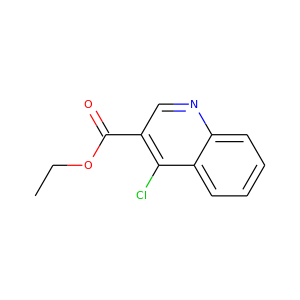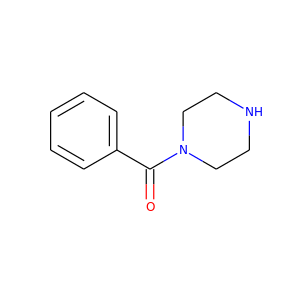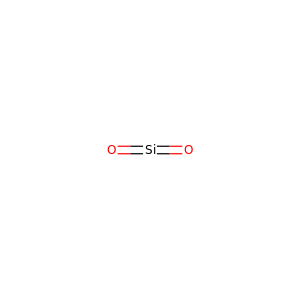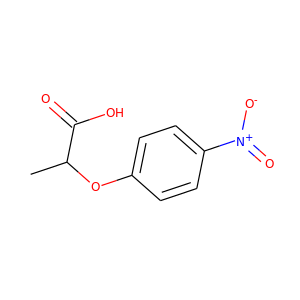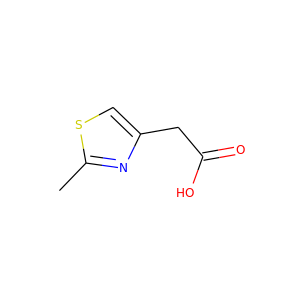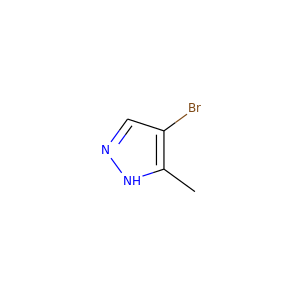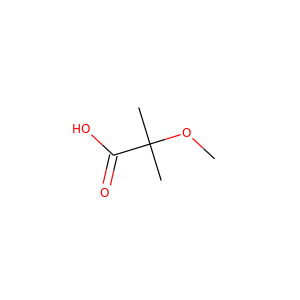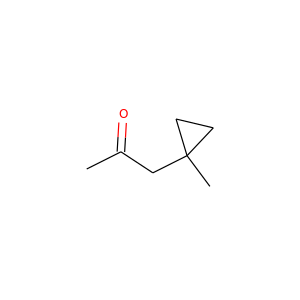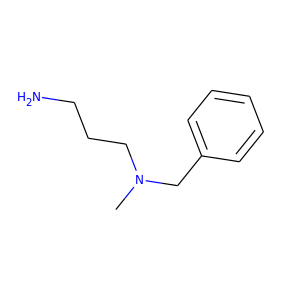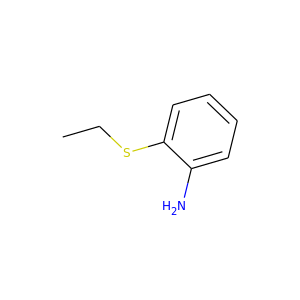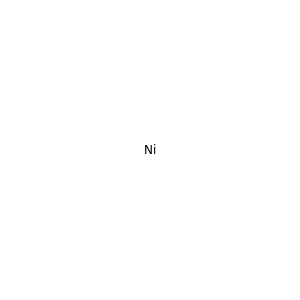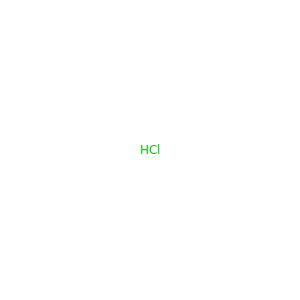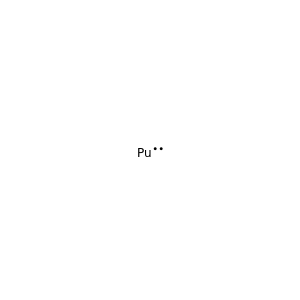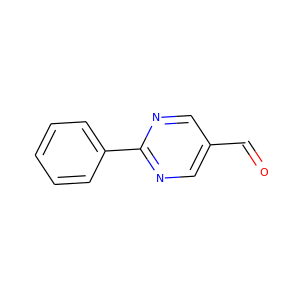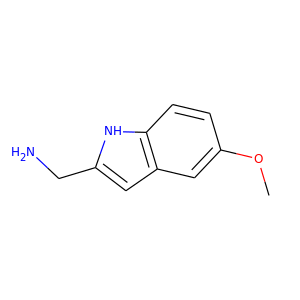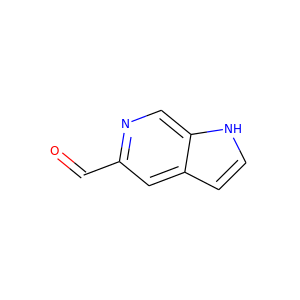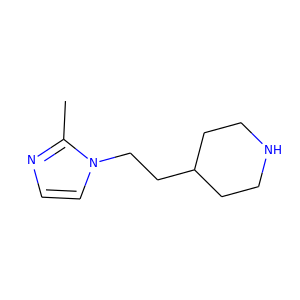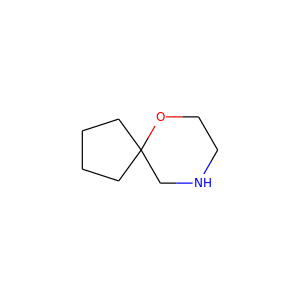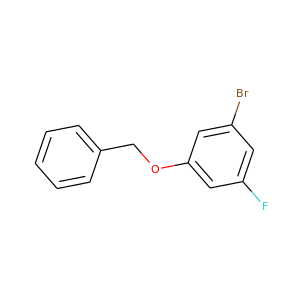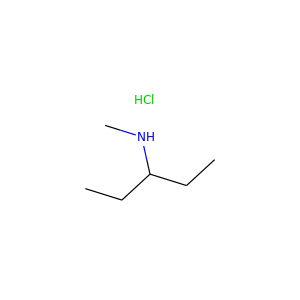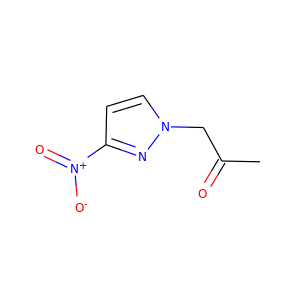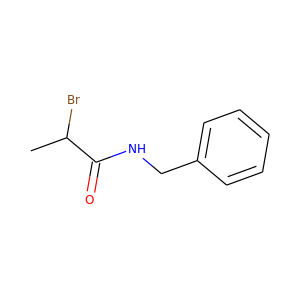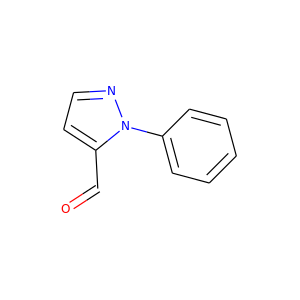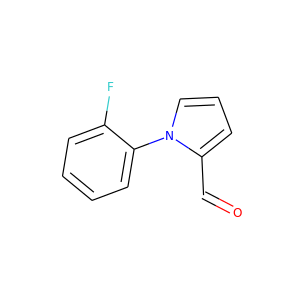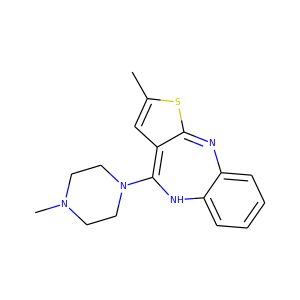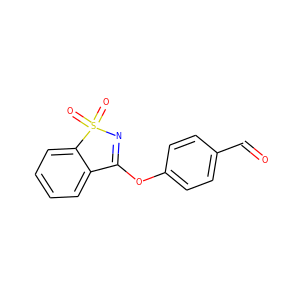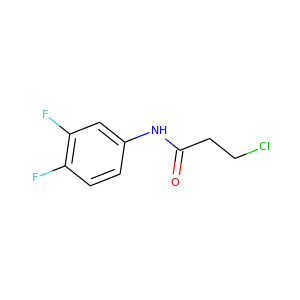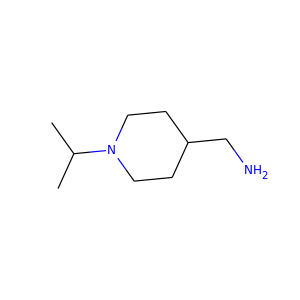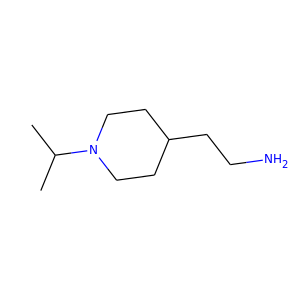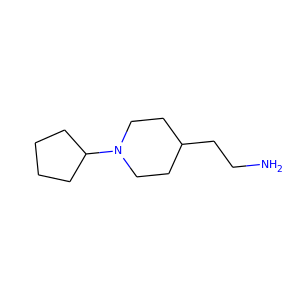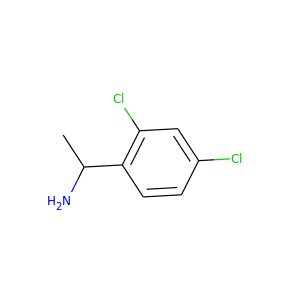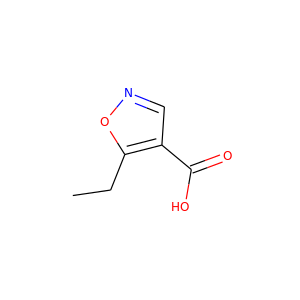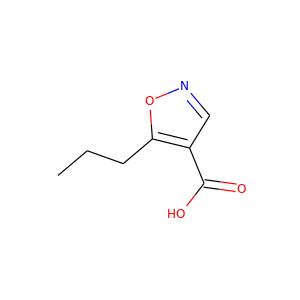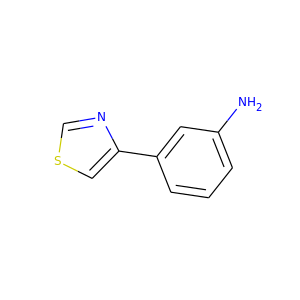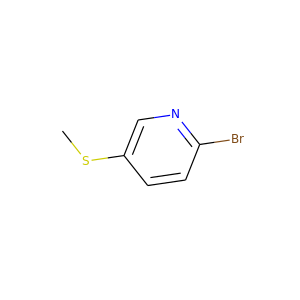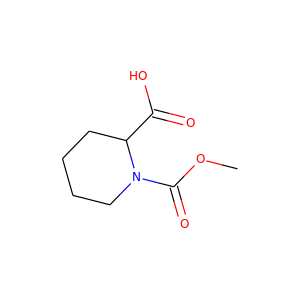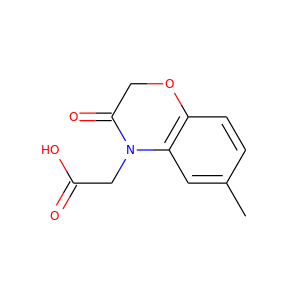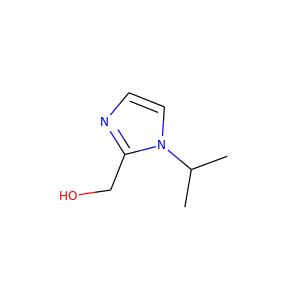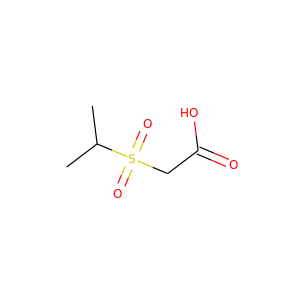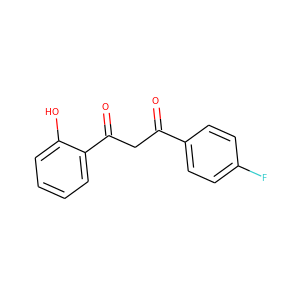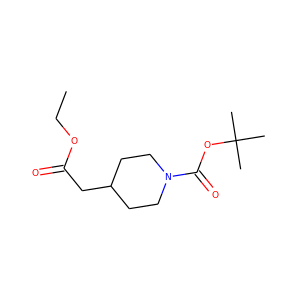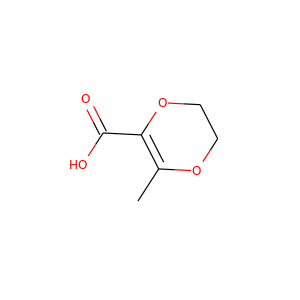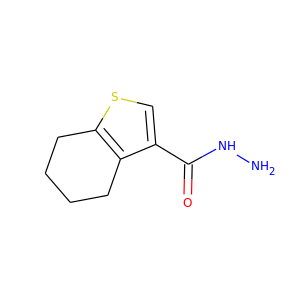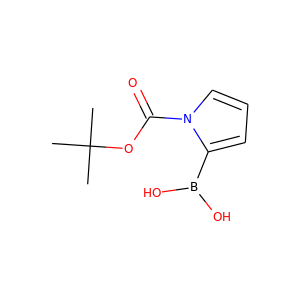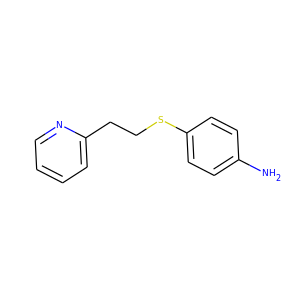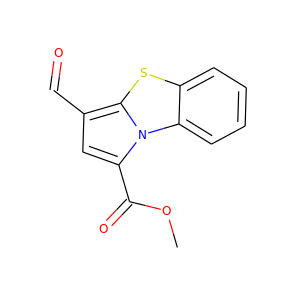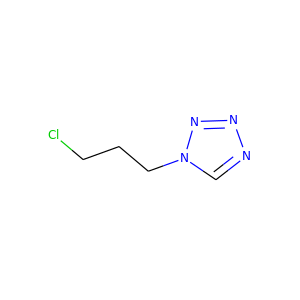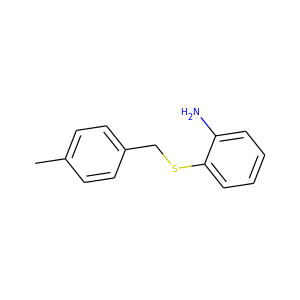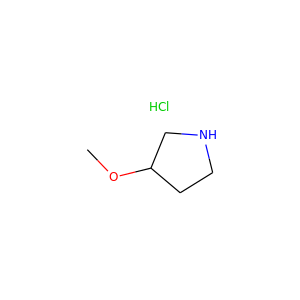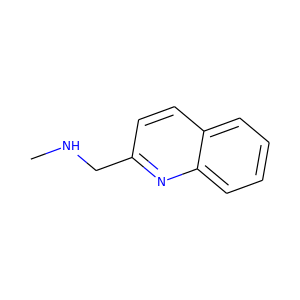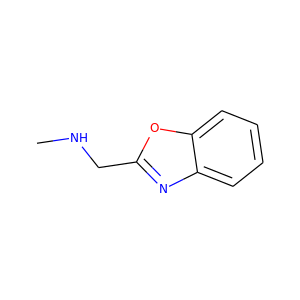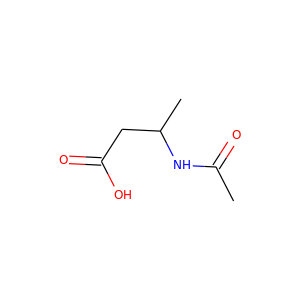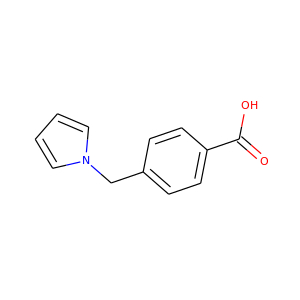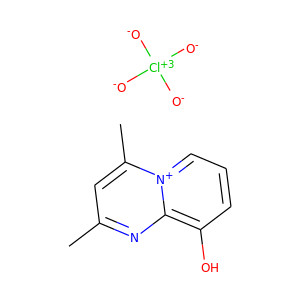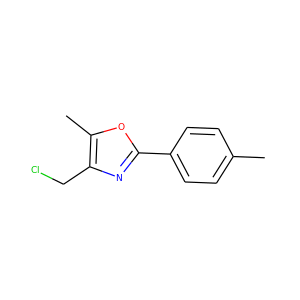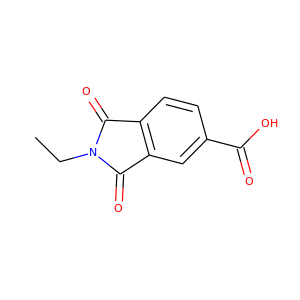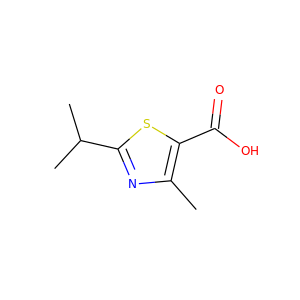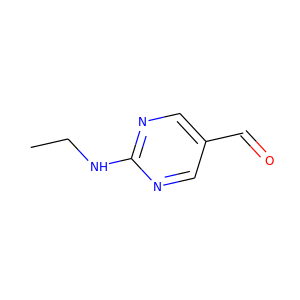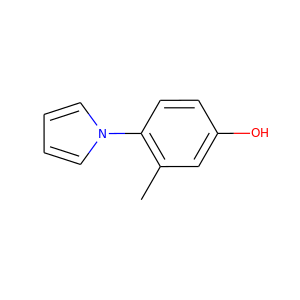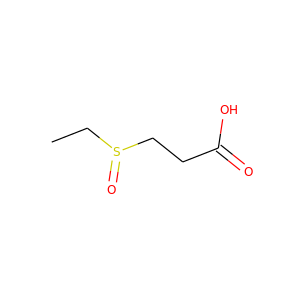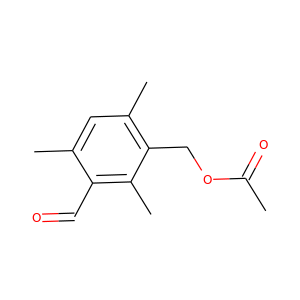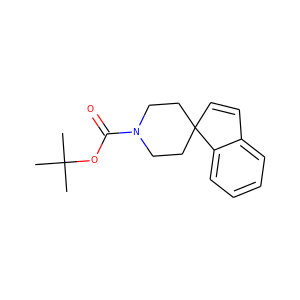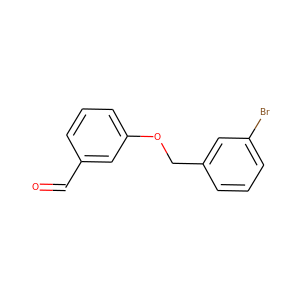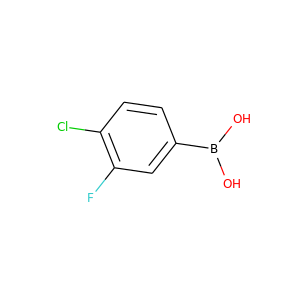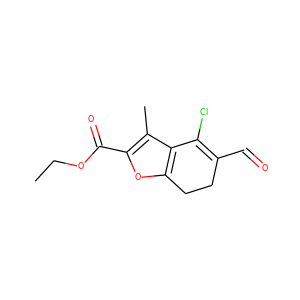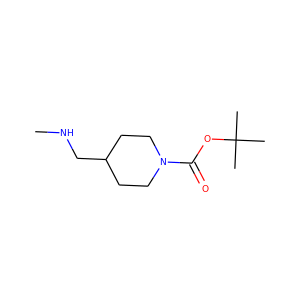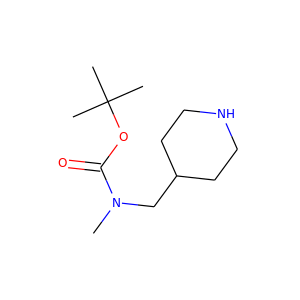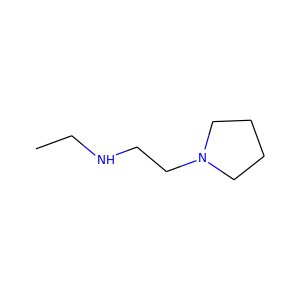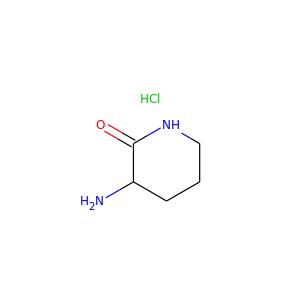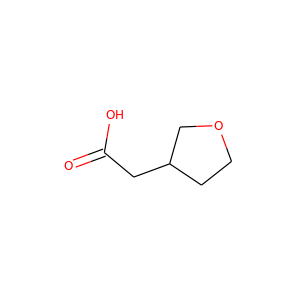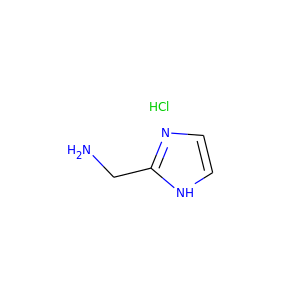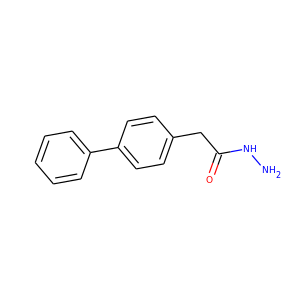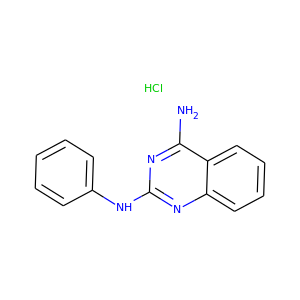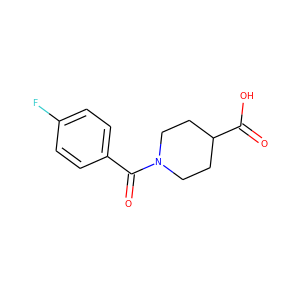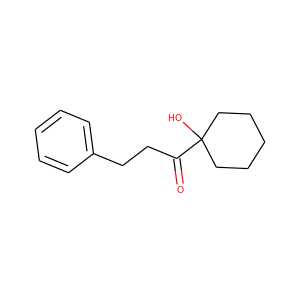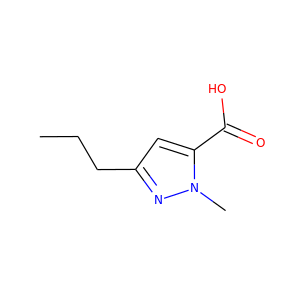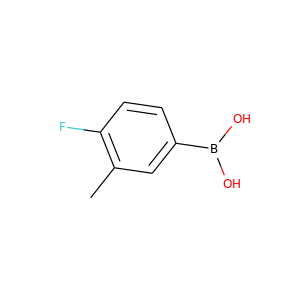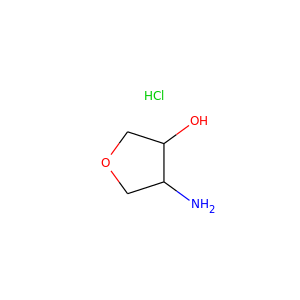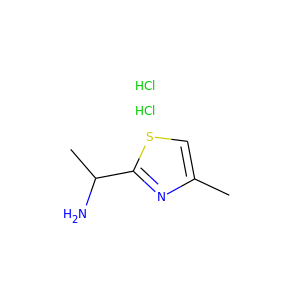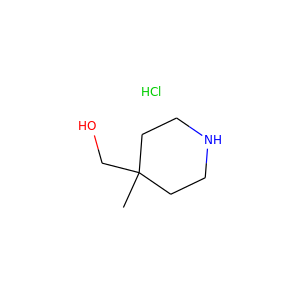Dimethyl phthalate
(131-11-3)
dimethylphthalate · dimethyl phthalate, conjugate diacid
Dimethyl phthalate is a organic compound with molecular formula (C2H3O2)2C6H4. The methyl ester of phthalic acid, it is a colorless liquid that is soluble in organic solvents.
Dimethyl phthalate is used as an insect repellent for mosquitoes and flies. It is also an ectoparasiticide and has many other uses, including in...
pentachlorophenol
(131-52-2, 87-86-5)
Sodium Pentachlorophenate · Pentachlorophenate, Sodium
Pentachlorophenol (PCP) is an organochlorine compound used as a pesticide and a disinfectant. First produced in the 1930s, it is marketed under many trade names. It can be found as pure PCP, or as the sodium salt of PCP, the latter which dissolves easily in water. It can be biodegraded by some bacteria, including Sphin...
CAPTAN
(133-06-2)
Vancide 89 · N Trichloromethylthio 4 cyclohexane 1,2 dicarboximide · N-Trichloromethylthio-4-cyclohexane-1,2-dicarboximide
This article is about the fungicide captan. Captan is also the common name for ethanethiol or ethyl mercaptan, used as an odorant for natural gas and liquid propane delivery to help identify leaks.
Captan is the name of a general use pesticide (GUP) that belongs to the phthalimide class of fungicides. Though it can be ...
Folpet
(133-07-3)
Phaltan · phthalan
N,N-Diethyl-3-methylbenzamide
(111-40-0, 134-62-3)
DET · DEET · DETA
N,N-Diethyl-meta-toluamide, also called DEET () or diethyltoluamide, is the most common active ingredient in insect repellents. It is a slightly yellow oil intended to be applied to the skin or to clothing, and provides protection against mosquitoes, ticks, fleas, chiggers, leeches, and many biting insects.
...
Ephedrine sulphate
(134-72-5)
Ephedrine · Ephedrine Sulfate · Ephedrine Hydrochloride
Ephedrine sulphate
(134-72-5)
Ephedrine · Ephedrine Sulfate · Ephedrine Hydrochloride
thiram
(137-26-8)
Thiuram · Tetramethylthiuram Disulfide · Bacteriostat
Thiram is the simplest thiuram disulfide and the oxidized dimer of dimethyldithiocarbamate. It is used as a fungicide, ectoparasiticide to prevent fungal diseases in seed and crops and similarly as a animal repellent to protect fruit trees and ornamentals from damage by rabbits, rodents and deer. It is effective agains...
Metam
(137-41-7, 144-54-7)
Vapam · methyldithiocarbamate · metam sodium
Metam sodium is an organosulfur compound (formally a dithiocarbamate), which is used as a soil fumigant, pesticide, herbicide, and fungicide. It is one of the most widely used pesticides in the United States, with approximately 60 million pounds used in 2001. Metam sodium is the sodium salt of methyl dithiocarbamate.
M...
Metam-sodium
(137-42-8, 6734-80-1)
Vapam · methyldithiocarbamate · metam sodium
Metam sodium is an organosulfur compound (formally a dithiocarbamate), which is used as a soil fumigant, pesticide, herbicide, and fungicide. It is one of the most widely used pesticides in the United States, with approximately 60 million pounds used in 2001. Metam sodium is the sodium salt of methyl dithiocarbamate.
M...
137-64-4
(137-64-4)
2-chloro-5-(chlorosulfonyl)benzoic acid
Dipentene
(7705-14-8, 9003-73-0, 8008-56-8, 65996-98-7, 8008-57-9, 138-86-3, 8028-38-4, 0008008-57-9)
limonene · (+)-limonene · limonene, (S)-isomer
Limonene is a clear, colorless liquid hydrocarbon classified as a cyclic monoterpene, and is the major component in oil of citrus fruit peels. The D-isomer occurring more commonly in nature as the fragrance of oranges is a flavoring agent in food manufacturing. It is also used in chemical synthesis as a precursor to ca...
propazine
(139-40-2)
Gesamil · Geigy 30,028 · 2-chloro-4,6-bis(isopropylamino)-s-triazine
1,1-DICHLOROETHANE
(1300-21-6, 75-34-3)
1,1-Dichloroethane is a chlorinated hydrocarbon. It is a colorless oily liquid with a chloroform-like odor. It is not easily soluble in water, but miscible with most organic solvents.
Large volumes of 1,1-dichloroethane are manufactured, with annual production exceeding 1 million pounds in the United States. It is main...
N,N-dimethylaniline
(121-69-7, 1300-73-8)
N,N-dimethylaniline sulfate (1:1) · N,N-dimethylaniline hydrochloride · N,N-dimethylaniline hydroiodide
N,N-Dimethylaniline (DMA) is an organic chemical compound, a substituted derivative of aniline. It consists of a tertiary amine, featuring dimethylamino group attached to a phenyl group. This oily liquid is colourless when pure, but commercial samples are often yellow. It is an important precursor to dyes such as cryst...
Chromium trioxide
(1333-82-0, 1308-38-9)
Chromium trioxide is an inorganic compound with the formula CrO3. It is the acidic anhydride of chromic acid, and is sometimes marketed under the same name. This compound is a dark-purple solid under anhydrous conditions, bright orange when wet and which dissolves in water concomitant with hydrolysis. Millions of kilog...
VANADIUM PENTOXIDE
(1314-62-1)
V2O5
Vanadium(V) oxide (vanadia) is the inorganic compound with the formula V2O5. Commonly known as vanadium pentoxide, it is a brown/yellow solid, although when freshly precipitated from aqueous solution, its colour is deep orange. Because of its high oxidation state, it is both an amphoteric oxide and an oxidizing agent. ...
4-Chloro-3-methylphenol
(1321-10-4, 59-50-7)
chlorocresol · 4-chloro-meta-cresol · 4-chloro-3-cresol
Chlorocresol may refer to either of two chemical compounds:
2-Chloro-m-cresol
p-Chlorocresol
...
2-Nitrotoluene
(88-72-2, 1321-12-6)
1-methyl-2-nitrobenzene · ortho-nitrotoluene · o-nitrotoluene
2-Nitrotoluene or ortho-nitrotoluene is an organic compound with the formula CH3C6H4NO2. It is pale yellow liquid that is a versatile intermediate in the production of various dyes....
1-METHYLNAPHTHALENE
(90-12-0, 1321-94-4)
1-Methylnaphthalene is a polycyclic aromatic hydrocarbon (PAH). It has a cetane number of zero, and was previously used as the lower reference for cetane number. However, due to the expense and handling difficulty of 1-methylnaphthalene, it was replaced in this capacity by isocetane, with a CN of 15.
On February 22, 20...
2,4-DINITROTOLUENE
(1326-41-6, 25321-14-6, 121-14-2, 84029-42-5, 606-20-2, 618-85-9)
2,4-Dinitrotoluene (DNT) or dinitro is an organic compound with the formula C7H6N2O4. This pale yellow crystalline solid is well known as a precursor to trinitrotoluene (TNT) but is mainly produced as a precursor to toluene diisocyanate....
Chromium trioxide
(1333-82-0, 1308-38-9)
Chromium trioxide is an inorganic compound with the formula CrO3. It is the acidic anhydride of chromic acid, and is sometimes marketed under the same name. This compound is a dark-purple solid under anhydrous conditions, bright orange when wet and which dissolves in water concomitant with hydrolysis. Millions of kilog...
3,3',4,4',5,5'-Hexachlorobiphenyl
(1336-36-3, 32774-16-6)
PCB 169 · 3,4,5,3',4',5'-hexachlorobiphenyl · PCB169
(1-methylpyrrolidin-3-yl)methanamine
(13005-11-3)
13005-11-3 · 1-(1-methylpyrrolidin-3-yl)methanamine
13031-76-0
(13031-76-0)
tetrahydro-3-thiopheneol 1,1-dioxide
4-methoxy-1-naphthoic acid
(13041-62-8)
13041-62-8
13047-01-3
(13047-01-3)
3-bromotetrahydro-2H-pyran
13049-77-9
(13049-77-9)
methyl 1-methyl-4-oxo-3-piperidinecarboxylate hydrochloride
4-(2-methoxyphenoxy)aniline
(13066-01-8)
13066-01-8
13156-04-2
(13156-04-2)
1-tert-butyl-3-azetidinol
1-Isopropylazetidin-3-ol
(13156-06-4)
13156-06-4 · 1-isopropyl-3-azetidinol
4-amino-n-pyridin-3-ylbenzamide
(13160-59-3)
4-amino-N-3-pyridinylbenzamide · 13160-59-3
PHOSPHAMIDON
(13171-21-6, 23783-98-4)
Dimecron
Phosphamidon is an organophosphate insecticide first reported in 1960. It acts as a cholinesterase inhibitor.
The commercial product typically exists as a mixture of 70% (Z)-isomer and 30% (E)-isomer.
...
(E)-Phosphamidon
(13171-21-6, 297-99-4)
Phosphamidon · Dimecron
Phosphamidon is an organophosphate insecticide first reported in 1960. It acts as a cholinesterase inhibitor.
The commercial product typically exists as a mixture of 70% (Z)-isomer and 30% (E)-isomer.
...
PHOSPHAMIDON
(13171-21-6)
Dimecron
Phosphamidon is an organophosphate insecticide first reported in 1960. It acts as a cholinesterase inhibitor.
The commercial product typically exists as a mixture of 70% (Z)-isomer and 30% (E)-isomer.
...
Ethoprophos
(13194-48-4)
ethoprop · Mocap
Ethoprop is an organophosphate acetylcholinesterase inhibitor used as an insecticide....
1-methylpyrrolidin-3-amine
(13220-27-4)
1-methyl-3-pyrrolidinamine · 13220-27-4
1-AMINO-3-BUTEN-2-OL
(13269-47-1)
13269-47-1
ethyl 2-cyclohexyl-2-oxoacetate
(13275-31-5)
ethyl cyclohexyl(oxo)acetate · 13275-31-5
rifampin
(13292-46-1)
Rifampicin · Rifadin · Rimactane
Rifampicin, also known as rifampin, is an antibiotic used to treat several types of bacterial infections, including tuberculosis, leprosy, and Legionnaire's disease. It is almost always used along with other antibiotics, except when given to prevent Haemophilus influenzae type b and meningococcal disease in people who ...
rifampin
(13292-46-1)
Rifampicin · Rifadin · Rimactane
Rifampicin
(13292-46-1)
Rifampin · Rifadin · Rimactane
Rifampicin
(13292-46-1)
Rifampin · Rifadin · Rimactane
Rifadin
(13292-46-1, 62534-43-4)
Rifampin · Rifampicin · Rimactane
Rifampicin
(13292-46-1, 62534-43-4)
Rifampin · Rifadin · Rimactane
Rifampicin, also known as rifampin, is an antibiotic used to treat several types of bacterial infections, including tuberculosis, leprosy, and Legionnaire's disease. It is almost always used along with other antibiotics, except when given to prevent Haemophilus influenzae type b and meningococcal disease in people who ...
Rifampicin
(13292-46-1)
Rifampin · Rifadin · Rimactane
Rifampicin, also known as rifampin, is an antibiotic used to treat several types of bacterial infections, including tuberculosis, leprosy, and Legionnaire's disease. It is almost always used along with other antibiotics, except when given to prevent Haemophilus influenzae type b and meningococcal disease in people who ...
Rifampicin
(13292-46-1)
Rifampin · Rifadin · Rimactane
Rifampicin, also known as rifampin, is an antibiotic used to treat several types of bacterial infections, including tuberculosis, leprosy, and Legionnaire's disease. It is almost always used along with other antibiotics, except when given to prevent Haemophilus influenzae type b and meningococcal disease in people who ...
Rifampicin
(13292-46-1)
Rifampin · Rifadin · Rimactane
Rifampicin, also known as rifampin, is an antibiotic used to treat several types of bacterial infections, including tuberculosis, leprosy, and Legionnaire's disease. It is almost always used along with other antibiotics, except when given to prevent Haemophilus influenzae type b and meningococcal disease in people who ...
13296-30-5
(13296-30-5)
140632-14-0 · 2-[(1R,5S)-6,6-dimethylbicyclo[3.1.1]hept-2-en-2-yl]ethanamine
2-chloro-6-phenylpyridine
(13382-54-2)
13382-54-2
2-(Pyrazin-2-yl)malonaldehyde
(13481-00-0)
2-pyrazinylmalonaldehyde · 13481-00-0
4-Hydroxycyclohexanone
(13482-22-9)
13482-22-9
1-(2-phenoxyethyl)piperazine
(13484-37-2)
13484-37-2
3-Amino-5-bromopyridine
(13535-01-8)
5-bromopyridin-3-amine · 13535-01-8
2-(Benzylsulfonyl)benzoic acid
(13536-21-5)
13536-21-5
SULFURIC ACID
(7664-93-9, 13537-15-0, 12772-98-4)
Sulfuric acid (alternative spelling sulphuric acid) is a mineral acid with the molecular formula H2SO4. It is a colorless odorless syrupy liquid that is soluble in water.
Its corrosiveness can be mainly ascribed to its strong acidic nature. It is also hygroscopic, readily absorbing water vapour from the air. Sulfuric a...
1-Amino-2-butanol
(13552-21-1)
135503-09-2 · (2R)-1-amino-2-butanol
4,4'-Methylenedianiline
(13552-44-8, 101-77-9)
4,4'-methylene dianiline · Tonox · 4,4'-diaminodiphenylmethane
3-(1H-imidazol-2-yl)pyridine
(13570-00-8)
13570-00-8
13570-08-6
(13570-08-6)
1H-benzimidazol-2-ylacetic acid
4-chloro-N-methylphthalazin-1-amine
(13580-85-3)
13580-85-3 · 4-chloro-N-methyl-1-phthalazinamine
Bromochloromethane
(13590-47-1, 74-97-5)
chlorobromomethane
Bromochloromethane or methylene bromochloride and Halon 1011 is a mixed halomethane. It is a heavy low-viscosity liquid with refractive index 1.4808.
It was invented for use in fire extinguishers by the Germans during the mid-1940s, in an attempt to create a less-toxic, more effective alternative to carbon tetrachlorid...
3-Ethylpiperidine
(13603-10-6)
13603-10-6
(3-phenylisoxazol-5-yl)methylamine hydrochloride
(13608-55-4)
13608-55-4 · [(3-phenyl-5-isoxazolyl)methyl]amine hydrochloride
13610-49-6
(13610-49-6)
(2-oxo-1,3-benzoxazol-3(2H)-yl)acetic acid
13610-53-2
(13610-53-2)
2-(2-oxo-1,3-benzoxazol-3(2H)-yl)propanoic acid
2-Methylpyrimidine-4-carboxylic acid
(13627-49-1)
2-methyl-4-pyrimidinecarboxylic acid · 13627-49-1
2-Acetyl-4-methylthiophene
(13679-73-7)
13679-73-7 · 1-(4-methyl-2-thienyl)ethanone
1-(2-Thienyl)-1-propanone
(13679-75-9)
1-(2-thienyl)propan-1-one · 13679-75-9
1-(4-aminophenyl)-5-methylpyrrolidin-2-one
(13691-28-6)
13691-28-6 · 1-(4-aminophenyl)-5-methyl-2-pyrrolidinone
1-(4-amino-2-methylphenyl)pyrrolidin-2-one
(13691-29-7)
13691-29-7 · 1-(4-amino-2-methylphenyl)-2-pyrrolidinone
2-(1H-indol-1-yl)ethanamine
(13708-58-2)
13708-58-2
Ethyl 4-Chloroquinoline-3-carboxylate
(13720-94-0)
13720-94-0 · ethyl 4-chloro-3-quinolinecarboxylate
1-Benzoylpiperazine
(13754-38-6)
13754-38-6
Silica
(13778-38-6, 112945-52-5, 14639-89-5, 10279-57-9, 61790-53-2, 91053-39-3, 92283-58-4, 13778-37-5, 67256-35-3, 308066-74-2, 7631-86-9, 112926-00-8, 15468-32-3, 14808-60-7, 11126-22-0, 112926-00-8, 68611-44-9, 99439-28-8, 14464-46-1, 15723-40-7, 68909-20-6, 17679-64-0, 60676-86-0, 7631-86-9, 14808-60-7; 1317-79-9)
Silicon Dioxide · Cristobalite · Tridymite
Silicon dioxide, also known as silica (from the Latin silex), is an oxide of silicon with the chemical formula SiO2, most commonly found in nature as quartz and in various living organisms. In many parts of the world, silica is the major constituent of sand. Silica is one of the most complex and most abundant families ...
Silica
(13778-38-6, 112945-52-5, 14639-89-5, 10279-57-9, 61790-53-2, 91053-39-3, 92283-58-4, 13778-37-5, 67256-35-3, 308066-74-2, 7631-86-9, 112926-00-8, 15468-32-3, 14808-60-7, 11126-22-0, 112926-00-8, 68611-44-9, 99439-28-8, 14464-46-1, 15723-40-7, 68909-20-6, 17679-64-0, 60676-86-0, 7631-86-9, 14808-60-7; 1317-79-9)
Silicon Dioxide · Cristobalite · Tridymite
Silicon dioxide, also known as silica (from the Latin silex), is an oxide of silicon with the chemical formula SiO2, most commonly found in nature as quartz and in various living organisms. In many parts of the world, silica is the major constituent of sand. Silica is one of the most complex and most abundant families ...
13788-32-4
(13788-32-4)
1-(2-furylmethyl)-1H-pyrrole-2-carbaldehyde
13797-62-1
(13797-62-1)
(2-methyl-1,3-thiazol-4-yl)acetic acid
4-Bromo-3-methylpyrazole
(13808-64-5)
4-bromo-5-methyl-1H-pyrazole · 13808-64-5
1-(1-methylcyclopropyl)acetone
(13905-14-1)
13905-14-1
13910-49-1
(13910-49-1)
(3-aminopropyl)benzyl(methyl)amine
2-chloro-N-propylacetamide
(13916-39-7)
13916-39-7
13918-92-8
(13918-92-8)
2,4-difluorobenzenesulfonyl chloride
2-(ethylsulfanyl)aniline
(13920-91-7)
13920-91-7 · 2-(ethylthio)aniline
hydrochloric acid
(7698-05-7, 13981-43-6, 9066-59-5, 7647-01-0, 8006-82-4, 9003-97-8)
Hydrogen Chloride · Muriatic Acid · Acid, Muriatic
The compound hydrogen chloride has the chemical formula HCl and as such is a hydrogen halide. At room temperature, it is a colorless gas, which forms white fumes of hydrochloric acid upon contact with atmospheric water vapor. Hydrogen chloride gas and hydrochloric acid are important in technology and industry. Hydrochl...
130137-40-5
(130137-40-5)
7-amino-2,4-dimethyl-2H-1,4-benzoxazin-3(4H)-one
2-Phenylpyrimidine-5-carbaldehyde
(130161-46-5)
130161-46-5
130445-55-5
(130445-55-5)
1-(5-methoxy-1H-indol-2-yl)methanamine
PIM-35, also known as 5-methoxyindolyl-2-methylamine, is a drug which is an indole derivative with a similar chemical structure to that of serotonin. It acts as a serotonin reuptake inhibitor and produces antidepressant-like effects in animal studies....
130516-99-3
(130516-99-3)
4-[2-(2-methyl-1H-imidazol-1-yl)ethyl]piperidine
6-oxa-9-azaspiro[4.5]decane
(130643-07-1)
130643-07-1
4-hydrazino-4-oxobutanamide
(130673-36-8)
130673-36-8
130985-81-8
(130985-81-8)
N-methyl-3-pentanamine hydrochloride
130990-25-9
(130990-25-9)
2-(tetrahydro-3-furanyl)ethanol
130992-20-0
(130992-20-0)
oxo(1,3,4-thiadiazol-2-ylamino)acetic acid
131394-08-6
(131394-08-6)
1-(3-nitro-1H-pyrazol-1-yl)acetone
131418-11-6
(131418-11-6)
2-chloro-N-methylisonicotinamide
2-CHLORO-N-ETHYLISONICOTINAMIDE
(131418-17-2)
131418-17-2
CCRIS 5665
(131432-91-2)
6653-71-0 · N-benzyl-2-bromopropanamide
131526-88-0
(131526-88-0)
8-hydroxy-2,3-dihydrocyclopenta[c]chromen-4(1H)-one
(1,4-dimethylpiperazin-2-yl)methylamine
(131922-07-1)
1-(1,4-dimethyl-2-piperazinyl)methanamine · 131922-07-1
4-Bromo-5-methylthiazole
(132221-51-3)
132221-51-3 · 4-bromo-5-methyl-1,3-thiazole
132424-10-3
(132424-10-3)
N-methyl-3-phenoxy-1-propanamine
olanzapine
(132539-06-1)
Zyprexa · LY-170052 · Zolafren
Olanzapine (originally branded Zyprexa) is an antipsychotic medication used to treat schizophrenia and bipolar disorder. It is usually classed with the atypical antipsychotics, the newer generation of antipsychotics. It appears to have slightly greater effectiveness in treating schizophrenia (especially the negative sy...
132636-66-9
(132636-66-9)
4-[(1,1-dioxido-1,2-benzisothiazol-3-yl)oxy]benzaldehyde
132740-52-4
(132740-52-4)
1-(1-isopropylpiperidin-4-yl)methanamine
132740-61-5
(132740-61-5)
2-(1-cyclopentylpiperidin-4-yl)ethanamine
132864-60-9
(132864-60-9)
1-(1-cyclopentylpiperidin-4-yl)methanamine
133115-72-7
(133115-72-7)
[4-(trifluoromethoxy)phenyl]hydrazine hydrochloride
(R)-1-(2,4-dichlorophenyl)ethanamine
(133773-29-2)
89981-75-9 · 1-(2,4-dichlorophenyl)ethanamine
1-methyl-1H-indole-4-carbaldehyde
(133994-99-7)
133994-99-7
134541-03-0
(134541-03-0)
5-ethyl-4-isoxazolecarboxylic acid
5-propylisoxazole-4-carboxylic acid
(134541-04-1)
134541-04-1 · 5-propyl-4-isoxazolecarboxylic acid
2-Azaspiro[4.6]undecan-3-one
(134617-89-3)
134617-89-3
3-(1,3-Thiazol-4-yl)aniline
(134812-28-5)
134812-28-5
2-Bromo-5-(methylthio)pyridine
(134872-23-4)
134872-23-4
134902-40-2
(134902-40-2)
1-(methoxycarbonyl)-2-piperidinecarboxylic acid
135205-82-2
(135205-82-2)
(1-isopropyl-1H-imidazol-2-yl)methanol
2-(propane-2-sulfonyl)acetic acid
(135242-40-9)
(isopropylsulfonyl)acetic acid · 135242-40-9
135716-09-5
(135716-09-5)
tert-butyl 4-(2-ethoxy-2-oxoethyl)piperidine-1-carboxylate
2-(4-formylphenoxy)acetamide
(135857-20-4)
135857-20-4
135884-31-0
(135884-31-0)
[1-(tert-butoxycarbonyl)-1H-pyrrol-2-yl]boronic acid
136401-56-4
(136401-56-4)
(4-{[2-(2-pyridinyl)ethyl]thio}phenyl)amine
136427-69-5
(136427-69-5)
methyl 3-formylpyrrolo[2,1-b][1,3]benzothiazole-1-carboxylate
3-ALLYL-4-(ALLYLOXY)BENZALDEHYDE
(136433-45-9)
136433-45-9
1-(3-CHLOROPROPYL)-1H-TETRAZOLE
(136609-56-8)
136609-56-8
2-[(4-methylbenzyl)sulfanyl]aniline
(136620-24-1)
2-[(4-methylbenzyl)thio]aniline · 136620-24-1
3-Methoxypyrrolidine hydrochloride
(136725-50-3)
136725-50-3 · 685828-16-4 · (3S)-3-methoxypyrrolidine hydrochloride
136727-11-2
(136727-11-2)
N-methyl-1-quinolin-2-ylmethanamine
136727-12-3
(136727-12-3)
(1,3-benzoxazol-2-ylmethyl)methylamine
3-(ACETYLAMINO)BUTANOIC ACID
(136781-39-0)
136781-39-0
137025-10-6
(137025-10-6)
4-(1H-pyrrol-1-ylmethyl)benzoic acid
137044-55-4
(137044-55-4)
9-hydroxy-2,4-dimethylpyrido[1,2-a]pyrimidin-5-ium perchlorate
137090-44-9
(137090-44-9)
4-(chloromethyl)-5-methyl-2-(4-methylphenyl)-1,3-oxazole
3-METHYL-4-(1H-PYRROL-1-YL)PHENOL
(137352-74-0)
137352-74-0
2-Methyl-3-(1H-pyrrol-1-yl)aniline
(137352-75-1)
137352-75-1
(PROPYLSULFINYL)ACETIC ACID
(137375-80-5)
137375-80-5
3-(ethylsulfinyl)propanoic acid
(137375-82-7)
137375-82-7
137380-48-4
(137380-48-4)
3-formyl-2,4,6-trimethylbenzyl acetate
137419-24-0
(137419-24-0)
tert-butyl 1'H-spiro[indene-1,4'-piperidine]-1'-carboxylate
137469-70-6
(137469-70-6)
(5-bromo-2-methoxybenzyl)methylamine
3-[(3-bromobenzyl)oxy]benzaldehyde
(137489-76-0)
137489-76-0
4-Chloro-3-fluorophenylboronic acid
(137504-86-0)
(4-chloro-3-fluorophenyl)boronic acid · 137504-86-0
137898-62-5
(137898-62-5)
N-methyl-1-(1-methyl-1H-benzimidazol-2-yl)methanamine
138022-00-1
(138022-00-1)
N,N-dimethyl-1-(4-piperidinyl)methanamine
138022-02-3
(138022-02-3)
tert-butyl 4-[(methylamino)methyl]-1-piperidinecarboxylate
138022-04-5
(138022-04-5)
tert-butyl methyl(4-piperidinylmethyl)carbamate
Imidacloprid
(138261-41-3, 105827-78-9)
Imidacloprid is a systemic insecticide that acts as an insect neurotoxin and belongs to a class of chemicals called the neonicotinoids which act on the central nervous system of insects, with much lower toxicity to mammals. The chemical works by interfering with the transmission of stimuli in the insect nervous system....
138356-55-5
(138356-55-5)
N-ethyl-2-pyrrolidin-1-ylethanamine
3-aminopiperidin-2-one hydrochloride
(138377-80-7)
138377-80-7 · 3-amino-2-piperidinone hydrochloride
138423-98-0
(138423-98-0)
(3-formyl-1H-indol-1-yl)acetic acid
138479-54-6
(138479-54-6)
2-(1H-1,2,4-triazol-1-yl)benzoic acid
138498-97-2
(138498-97-2)
tetrahydro-3-furanylacetic acid
138588-40-6
(138588-40-6)
2-pyrimidinecarboximidamide hydrochloride
138799-95-8
(138799-95-8)
(1H-imidazol-2-ylmethyl)amine hydrochloride
1-(6-bromopyridin-2-yl)ethanol
(139163-56-7)
139163-56-7 · 1-(6-bromo-2-pyridinyl)ethanol
2-(4-phenylphenyl)acetohydrazide
(139277-58-0)
2-biphenyl-4-ylacetohydrazide · 139277-58-0
139308-45-5
(139308-45-5)
1052411-49-0 · N~2~-phenyl-2,4-quinazolinediamine hydrochloride
2-methoxyquinoline-3-carbaldehyde
(139549-06-7)
139549-06-7
4-Fluoro-3-methylphenylboronic acid
(139911-27-6)
(4-fluoro-3-methylphenyl)boronic acid · 139911-27-6
4-Azaspiro[2.5]octane hydrochloride
(1301739-56-9)
1301739-56-9
4-aminotetrahydrofuran-3-ol hydrochloride
(1311313-87-7)
352534-77-1 · trans-4-aminotetrahydro-3-furanol hydrochloride · cis-4-aminotetrahydro-3-furanol hydrochloride
1332530-42-3
(1332530-42-3)
[1-(4-methyl-1,3-thiazol-2-yl)ethyl]amine dihydrochloride
(4-Methylpiperidin-4-yl)methanol hydrochloride
(1354792-85-0)
(4-methyl-4-piperidinyl)methanol hydrochloride · 1354792-85-0

